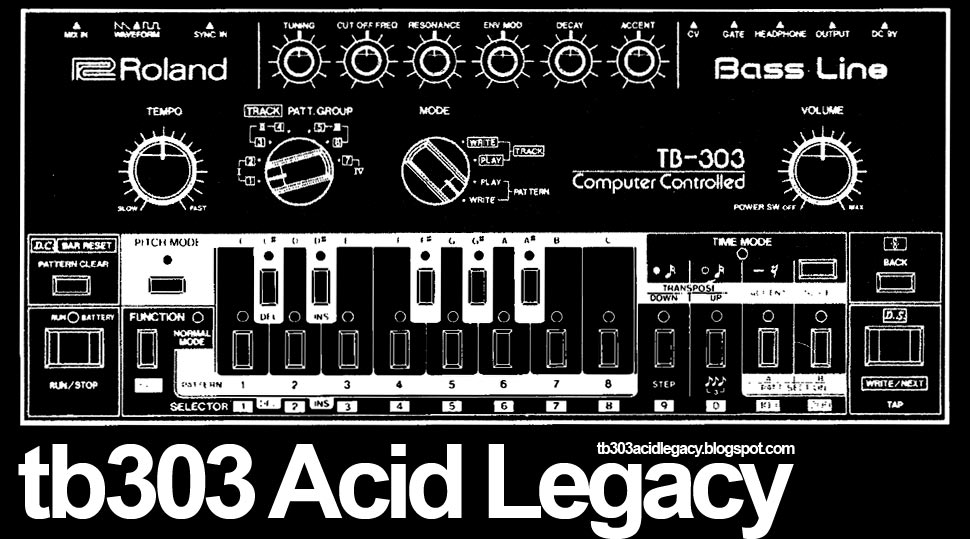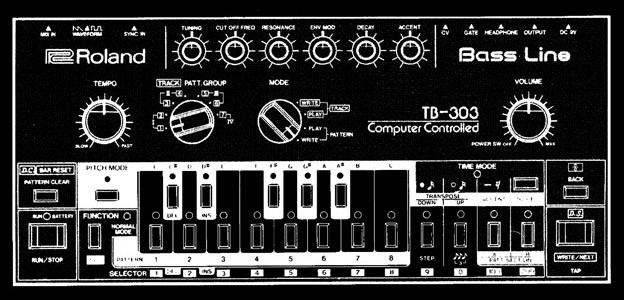Within a matter of months, with virtually no support from the national radio networks, Britain's club scene voted with its feet, three house records forced their way into the top ten. Farley "Jackmaster" Funk "Love Can't Turn Around", Raze's "Jack The Groove", and Steve "Silk" Hurley "Jack Your Body", gave the club scene a new buzz-word, jacking, the term used by Chicago dancers to describe the frantic body pace of the House Sound. Whole litany of Jack Attacks beseiged the music scene. Bad Boy Bill's "Jack It All Night Long", Femme Fion's "Jack The House", Chip E's "Time To Jack", and Julian "Jumpin" Perez "Jack Me Till I Scream".
House music takes its name from an old Chicago night club called The Warehouse, where the resident DJ, Frankie Knuckles, mixed old disco classics, new Eurobeat pop and synthesised beats into a frantic high- energy amalgamation of recycled soul. Frankie is more than a DJ, he's an architect of sound, who has taken the art of mixing to new heights. Regulars at the Warehouse remember it as the most atmospheric place in Chicago, the pioneering nerve-center of a thriving dance music scene where old Philly classics by Harold Melvin, Billy Paul and The O'Jays were mixed with upfront disco hits like Martin Circus' "Disco Circus" and imported European pop music by synthesiser groups like Kraftwerk and Telex.












